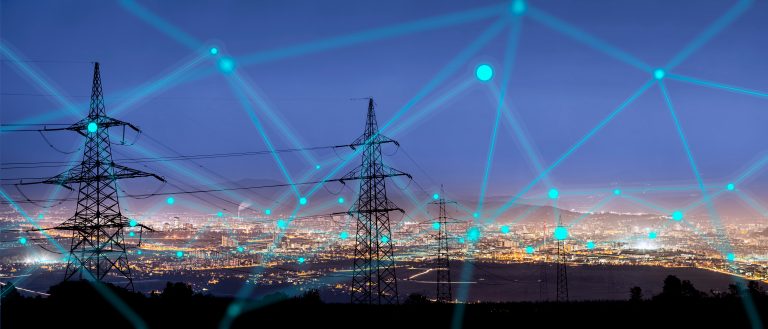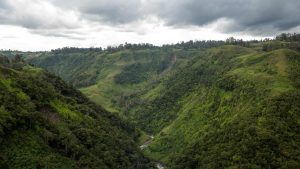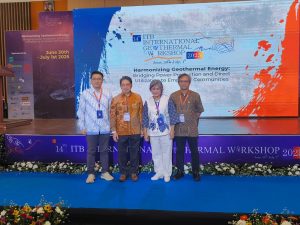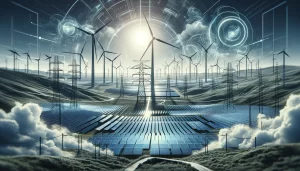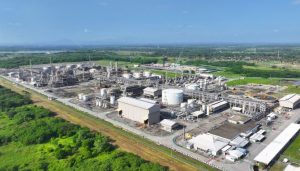Jakarta – To support the national green energy agenda, PT PLN (Persero) announced a major plan to increase renewable energy power generation capacity until 2040, Thursday, June 6. One of the main focuses of this plan is developing a strong transmission network, with an estimated budget of Rp 300 trillion.
PLN President Director Darmawan Prasodjo said at PLN’s Road to Investment Days event: “Without transmission, we cannot possibly map the potential of hydro and geothermal, but with transmission, we can add 30 GW of additional hydrogen”.
He explained that limited suitable locations often constrain the development of renewable energy infrastructure, so constructing transmission networks is crucial to overcome energy distribution constraints.
The latest revised Electricity Supply Business Plan (RUPTL) includes the addition of 80 gigawatts (GW) of power generation capacity until 2040, with 75 per cent of the capacity coming from new renewable energy (NRE) plants and the other 25 per cent from gas-based plants.
In addition to transmission issues, PLN faces another challenge: large investment funding. PLN estimates that this large investment is necessary to ensure that renewable energy can reach high-demand areas.
Funding of IDR 300 trillion is expected to overcome this energy distribution obstacle. Prasodjo also highlighted the importance of quickly building renewable energy plants. He mentioned Vietnam’s aggressive move to build renewable energy facilities quickly, an example that Indonesia needs to emulate.
“Investment in renewable energy and its supporting infrastructure will be the foundation for a clean and sustainable energy future in the country,” said Prasodjo, adding that with the strategic steps being taken, Indonesia has the potential to become one of the leading countries in implementing renewable energy in the Southeast Asian region.
He said that the ambitious plan is not free from major challenges that must be faced, ranging from adjusting the location of development to significant investment funding. However, with the right commitment and strategy, these challenges are expected to be overcome for Indonesia’s cleaner and more sustainable energy future. (Hartatik)

